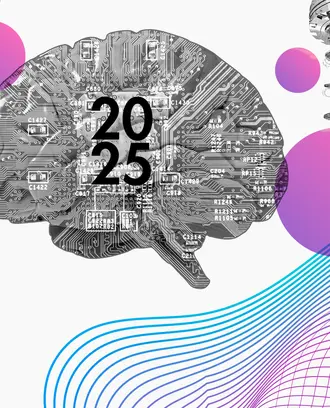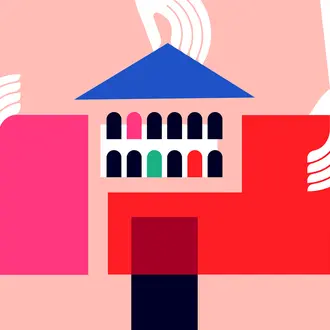Credit: Mimi Phan / iStock
If you looked only at the stock market’s recent rally, you might never guess that the U.S. continues to report record numbers of coronavirus cases. Or that COVID-19 cases might be 12 times higher than reported. Or that millions of Americans are unemployed.
The stock market has come a long way since March when the virus first flared in the U.S., a time so perilous it was even worse than the 2008 – 2009 financial crisis, said Bennett Golub, chief risk officer at BlackRock. In response, the government implemented the $2 trillion CARES Act — the biggest economic rescue package assembled in modern history.
“Not only were you having to figure out how to do your business, but you’re figuring out how to keep your family safe, and suddenly dealing with when to wear a mask,” Golub said during a webinar hosted in late June by MIT Sloan’s Golub Center for Finance and Policy. Golub is the center's advisory board chairman. “So, in many respects this was much worse than the global financial crisis, because all these different things were occurring simultaneously.”
Golub was joined by Kathryn Kaminski, chief research strategist and portfolio manager at AlphaSimplex, as well as MIT professors andas a group, they unpacked the government’s response to the pandemic and debated what it could do in the future to help.
Panelists began with a behind-the-scenes look at what happened during those first harrowing weeks of the pandemic in the U.S. As early as late February, many on Wall Street were concerned about technical infrastructure and the basic notion of the ability to continue trading, according to Kaminski, who was shocked at “just the sheer speed at which we saw the markets fall.”
“At the end of the day, the thing that we really were concerned about was: How would we be able to trade? Would the [remote] infrastructure and the new ecosystem support a proper pricing structure, and would this be an environment where we would be able to trade effectively and not worry about those positions,” she said.
While there may be less panic now than there was in the spring, some financial experts still predict that the U.S. faces an extremely tough road ahead, with weak consumer spending for the next two years and continued high unemployment. The panel offered insight on where they see the economy now and what the Fed can do to better prepare for what may come next. Here are five of their ideas:
1. Step in and intervene with another stimulus bill. “We've seen the government come in and rip up the playbook so many times,” Rothman said. “If things start to get too bad in the equity markets again, [the Fed] will intervene.”
2. Start thinking of the best ways, when the time comes, to unwind spending and monetary policies put in place by the CARES Act and any subsequent stimulus packages. “Putting these things on is much easier than taking them off,” Golub said, referring to the effects of quantitative easing implemented during the 2008-2009 crisis. “If you think about the QE that was put in place the last time around, it came in with great fanfare,” he said. “I think we saw that there were some contractions that were caused by that, that were not insignificant.”
3. Plan accordingly for the amount of time it will take for an approved COVID-19 vaccine to reach the market. “It's going to take time for us to ramp up manufacturing facilities,” Lo said. Everyone from the president on down is focusing on when a vaccine might be ready, but even when it is, it’s important “that the proper amount of doses can be created to have a material effect, and you don't create a world war by having it shared or not shared across the globe,” Rothman said, noting that some people, such as immunocompromised individuals, might still be uncomfortable taking the vaccine.
4. Don’t dismiss the possibility of inflation. “There are people that are starting to believe that inflation may be an issue,” Kaminski said. “I think for every cause there is an effect … it has to do with the more money we throw at the problem. How does that change things going forward?” To help offset inflation, Japan’s central bank has tried to control its yield curve, while Australia may do the same, she said.
5. Partner with other countries to improve banking regulations and global coordinated policy. Rothman said that the European Union “got to punt” on a lot of the banking regulations during the Greece debt crisis, as well as Italy’s own economic crisis. The EU “never figured out a way to what it would even mean for someone to leave the European Union, how that would look from a banking perspective,” he said. “I think maybe [the pandemic] will be the type of thing that will help bring some added urgency to that [global coordination],” Rothman said.
Onward
Despite Golub’s bearish prediction of “muted” consumer demand and consumer confidence, Rothman was optimistic that the U.S. would make it through, as the U.S. eventually did during the 1918 flu pandemic.
“We have weathered many worse situations in our country's history and come through them, and we will again some way, shape or form or other,” Rothman said. “I think you have to remember just how resilient we are, despite what looks and can feel at times quite dire.”



